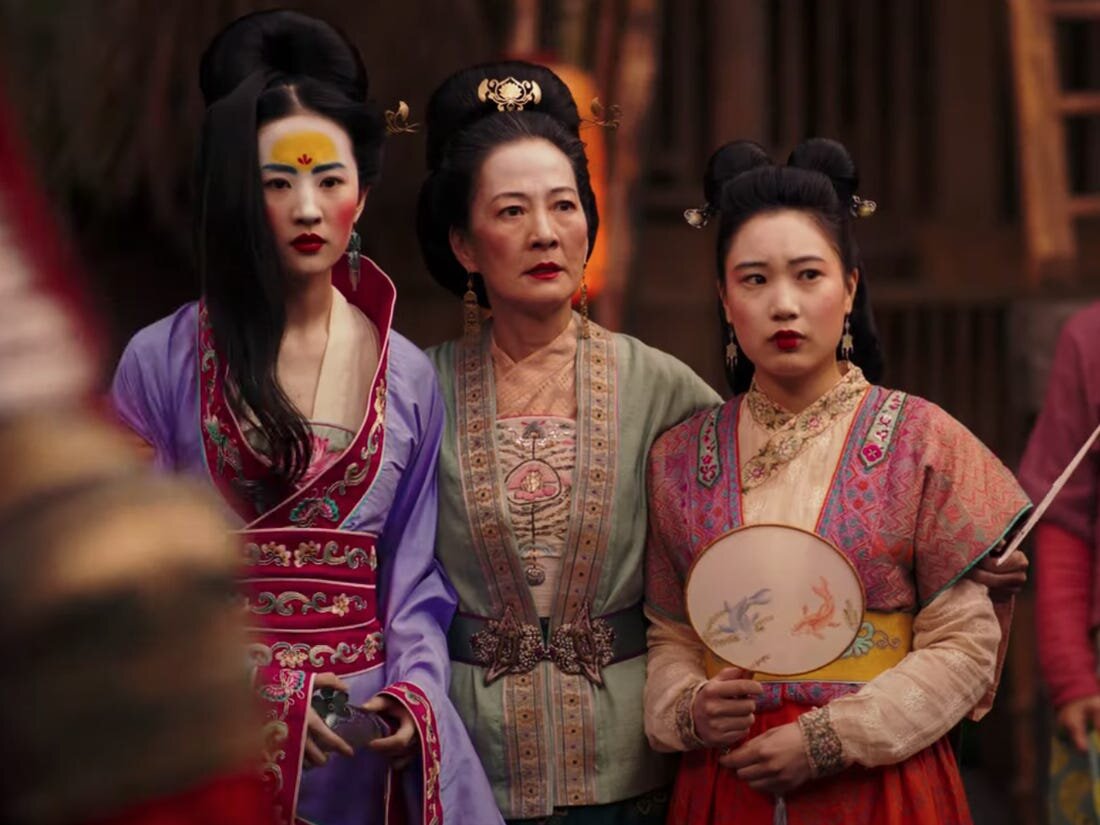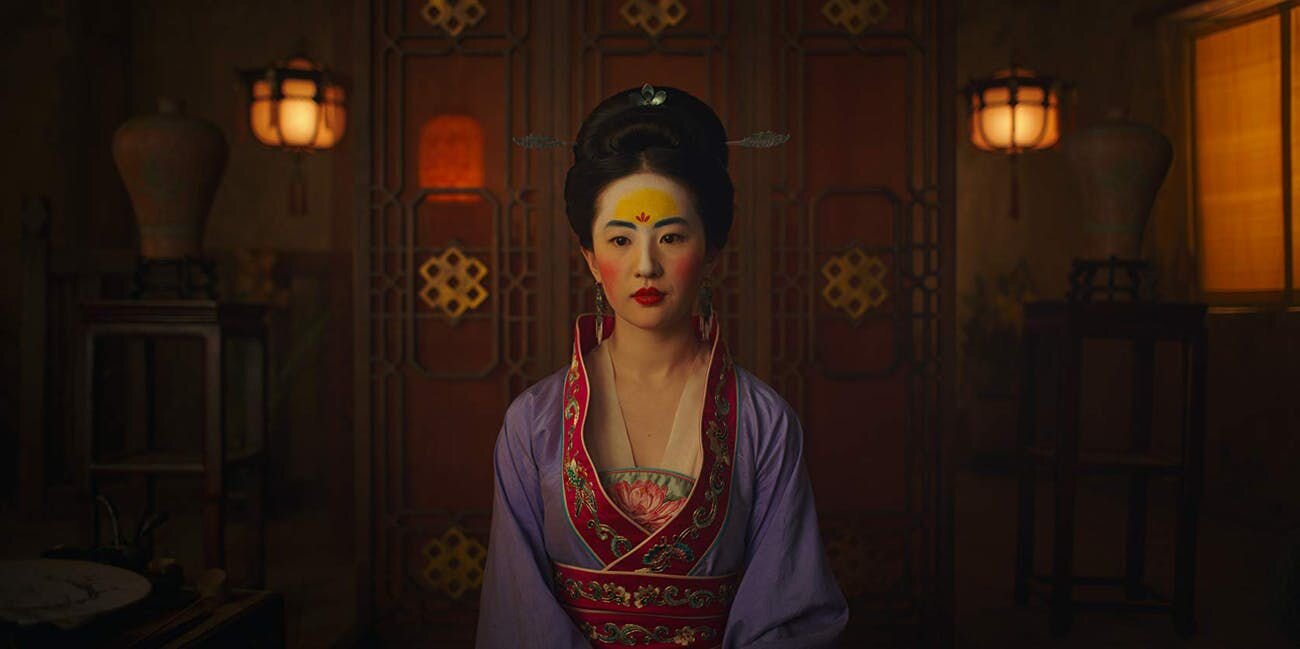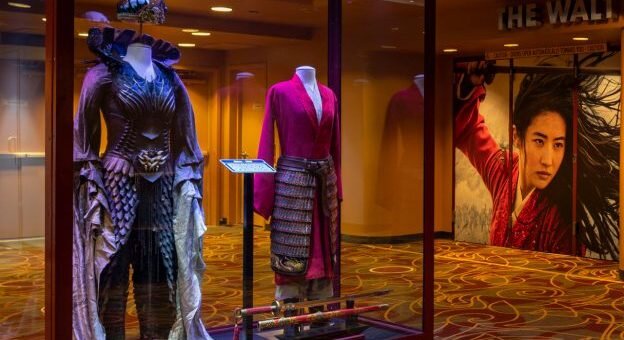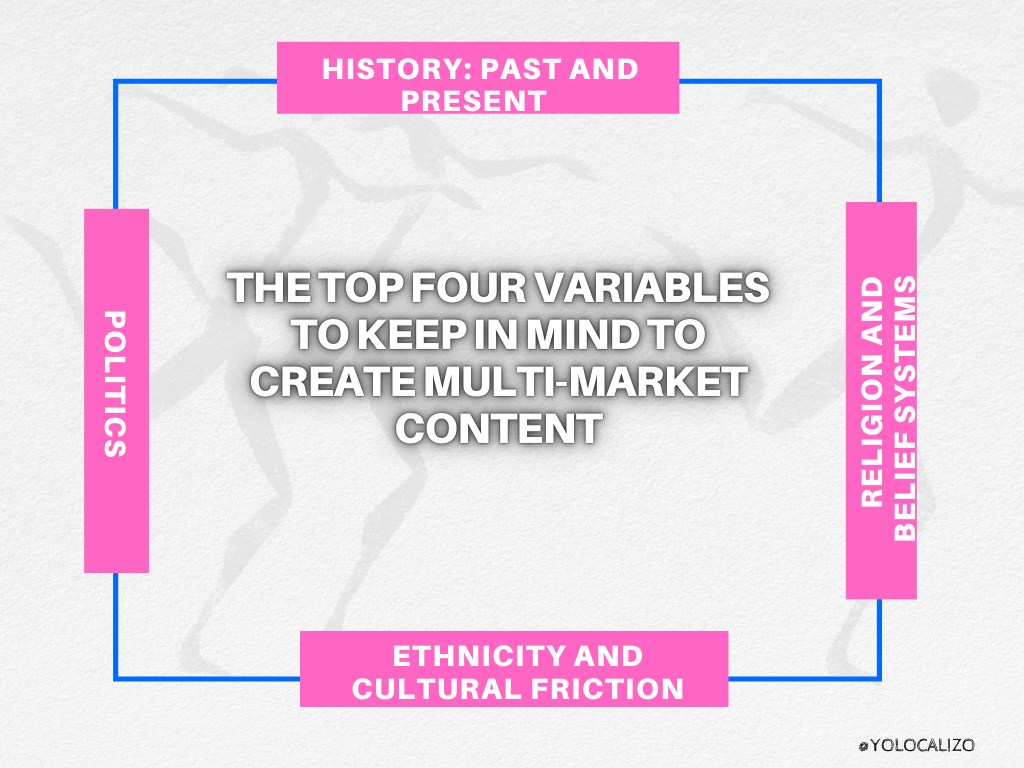Misunderstanding of Chinese culture lead to Mulan failure in China
At this point in my life, I have lost count of the times that I will have written or explained or presented the idea that:
• Localization is much more than Translation
• Globalization includes multiple phases of research and design including the adaptation of a product to ensure in this way that we are creating a product that resonates with the local markets.
Some people tell me if I don't get bored of always explaining the same things and the truth is that I don't… I like to explain the in-outs of the Localization industry, as many times as necessary.
Explaining that Culturalization is important when creating a multi-market product is something that I also explain frequently. I think there is a lot of misconceptions about what it means for content to be really multi-cultural; deep down I think that from Europe or the USA it is still hard for us to understand how to make an entertainment product that hooks local consumers from other regions of the world. Especially to the Asian population
The proactive culturalization phase, which includes research at a deep level, is the only way to avoid falling into inaccurate historical data or stereotypes.
Yesterday afternoon we were watching at home the Mulan movie on Disney Plus, to me and my children it seemed a quite entertaining show! visual level wow! it is very well shot, with beautiful landscapes and a good dose of action, I liked it, but the truth is that this new remake of Mulan has received a lot of criticism in China.
Below I make a compilation of the reasons for these critics
Dates
Inaccuracy in important data such as where Mulan lives and the time
In the film, Mulan from the Northern Wei Dynasty (386-534) lived in the earth building - a type of construction using raw earth invented during the Song Dynasty (960-1279). Many Chinese grumbled that the “real” Mulan, who in the original poem hailed from China’s northern steppe, would never have lived in a tulou, the round, earthen buildings that are the traditional homes for the ethnic Hakka people in the far south.
Tulou cluster. Image credits to Easy Tour China
The general in the movie played Taichi - which was created in the Yuan Dynasty (1279-1368)
Beliefs
Chi or qi (氣), the energy or life force that is found in all living things, is somehow turned into Mulan’s special magic power. Qi is not gendered; rather, masculine and feminine energy is represented in Chinese culture through yin-yang (moon and sun), which exist in harmony. Viewers found particularly bizarre the film’s depiction of “qi” as some special magic power typically found in boys.
The commander of the imperial army tells the soldiers that their triumph over the Rourans is inevitable because unlike them, they possess three virtues: “Loyal, Brave, and True” (忠、勇、真), the same characters engraved in Mulan’s father’s sword. Twitter user Xiran pointed out the remarkable similarity of the slogan to the FBI’s motto: “Fidelity, Bravery, Integrity.”
Source; @XiranJayZhao
After the final credits for its latest film, “Mulan” thanked government entities in Xinjiang, the province where Muslims have faced human rights abuses.
Visuals
The look and feel have also been an area of controversy, this is something that when design videogames we usually pay attention to since there is usually a lot of sensitivity about the appearance of the characters, apparently this is not only applicable to the world of video games anymore as some Chinese spectators reported that "The makeup of the actors is so scary."
Another polemic area has been the wardrobe. The idea that a non-Asian costume designer creates the costumes of the movie doesn’t cut it according to Chinese viewers of the film
The truth is that today creating a product that is inclusive, multicultural, and respectful of the past and the present requires a titanic effort. There is no recipe that guarantees that the work we are doing is free from criticism. Even so, there are a series of variables and processes that we can implement to increase our options to make a multi-market product that better fits with the cultural variety that we live in today.
According to best practices in our industry (IGDA), there are four top variables that help us to think outside our given cultural worldview, and by considering at least the following four cultural variables it is possible to reduce the potential for issues to arise.
Let’s review these variables in the next paragraphs
THE TOP FOUR VARIABLES TO KEEP IN MIND TO CREATE MULTI-MARKET CONTENT
Click HERE to download the infographic
History: Past and Present
As we saw in the example of Mulan Globalization teams must pay attention to historical accuracy when creating content. This is one of the most sensitive issues for local markets.
People care about their culture, not only the historical legacy but also the recent/current history, and this needs to be respected to avoid negative reactions
2. Religion and Belief Systems
Content related to religion, or to the human belief system is a minefield!.
There are many cultures that consider these 2 topics sacred, so any reference in this area must be treated with great respect and must be investigated with great care and in the smallest detail to avoid hurting the sensitivity of our potential consumers.
3. Ethnicity and Cultural Friction
As if the categories of history and religion were not complicated by themselves, you have to be very careful also in the ethnicity area. Here we can easily fall into stereotypes (Spaniards dance flamenco and wear a bullfighter's dress.... I'm not your man if you are looking for that experience!)
When creating your product please ensure you get a multicultural and diverse team to ensure you have the right level on inclusivity. This diversity in opinions will help to avoid a negative bias towards a specific group.
4. Politics
This is another minefield, as we saw above with the issue in the credits!
If you express your political opinion through your products you need to understand that there might be negative reactions. This does not mean that it cannot be done, what I mean here is to have self-awareness and to understand the impact and controversy that can generate if you express political opinions in your product.
Whether through dialogue, the credits of a film, maps where the territories belong to one country or another, or flags with a high load of geopolitical imagination, be clear that you are entering a dangerous path…. If you decide to do it voluntarily, go ahead, go for it. These Globalization strategies help you to assess risk so that you can make an informed decision.
This four variables framework is not a process that brings censorship, what it does is bringing self-awareness to the spotlight while content is created
Summary
Whichever country or countries you're targeting for your digital product, be it an application or a movie, it is important to surround yourself with a team of experts who can guide you in the difficult task of creating a product that your consumers like, no matter where they or the culture they belong.
If you like this article please take some time to visit these other blog posts where I covered other culturalization aspects such as
Thoughts about the complex G-localization triangle when creating video games for India
The puzzle of Globalization ... thoughts about my presentation in Kingfomarket, the amazing King annually event
Have a wonderful week and let me know your opinion if you watched the movie!
@yolocalizo





















Many teams treat localization vendors as interchangeable compare rates, sign the contract, move on. But every switch comes with invisible costs: lost context, quality dips, and team fatigue. In this latest post, I unpack what really happens behind a vendor change ( and how to prepare for it like a continuity project, not a quick fix)